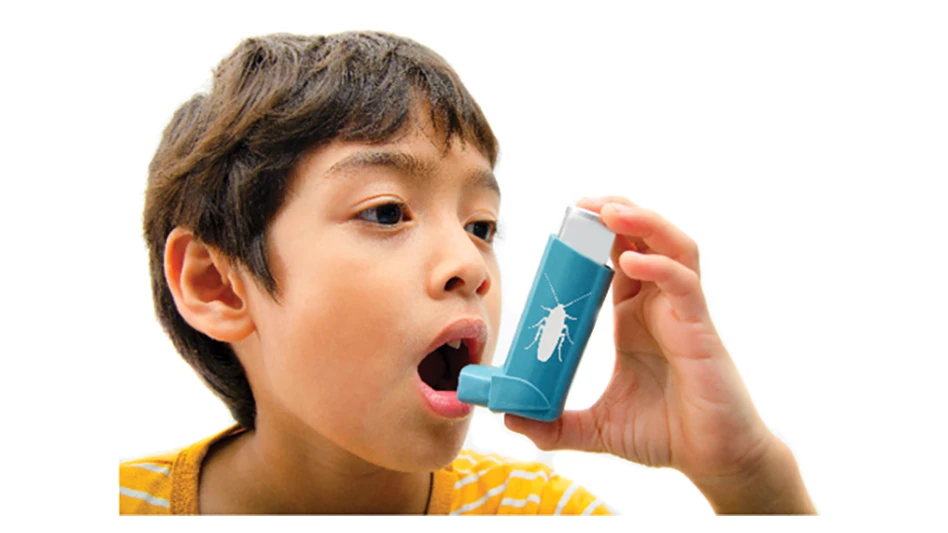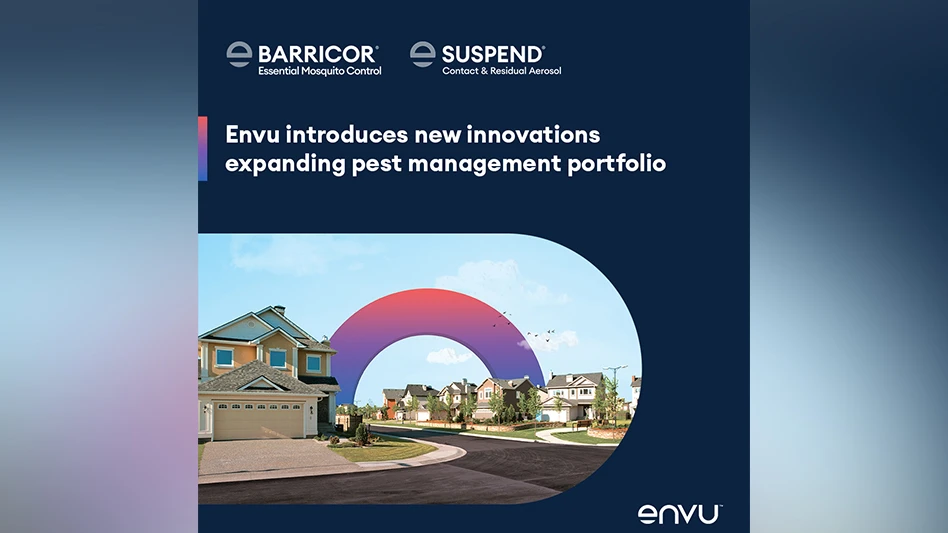
Jay Nixon travels around the world doing work on behalf of American Pest in the Washington, D.C., area. A notable client, the U.S. State Department, requests his expertise when embassies, consulates and other properties within their purview experience pest issues beyond the scope of local pest management operators.
“In many parts of the world, in less developed countries in particular, truly knowledgeable pest management contractors are scarce,” Nixon explains. “When a historic building — an ambassador’s residence, for example — becomes infested with termites or wood-boring beetles, the officials at the State Department don’t want to take chances. They ask me to do an assessment and recommend a treatment plan to keep damage to a minimum, maximize safety and ensure the preservation of these properties.”
In the process of this work over the past 20-plus years, Nixon has come face-to-face with scores of termite species. He leverages this opportunity to add to the industry’s collective understanding of termites by sending samples to Professor Rudi Scheffrahn of the Entomology and Nematology Department at the University of Florida for identification and cataloguing in UF’s running termite database. Nixon’s contributions also include samples he has collected while visiting Africa and Asia.

“There are a little over 3,000 described termite species in the world. The University of Florida Termite Collection (UFTC) represents about 1,000 of those,” Scheffrahn says, adding that this expansive database is the result of the efforts of many dedicated entomologists. “I appreciate having the capability to share this information, along with photos, on the web. Unlike before, when researchers’ personal files might be lost over time, these data can remain in the public domain forever.”
Nixon says he has taken more than 100 trips in the course of his efforts. His hope is that other entomologists/biologists will take up the cause of adding to the UFTC database. “There are so many opportunities to uncover more species. I’ve been to countries where I find termite damage but can’t see any termites, typically because they are feeding in the wet season and I’ve gotten there in the dry season, when they are deep underground. You don’t always find termites even though there are probably millions of them right beneath your feet.”
NEW INSIGHTS. Although Nixon’s work for the government has been focused on preserving buildings, he reports that most termite collection takes place in more natural settings. He recounts a trip to Belize he made with Scheffrahn and others, during which they collected samples of nearly 50 species in four days. “We went from the ocean to the mountains, through every zone in the country, scouring for termites. Almost all of those were collected on undeveloped land; it had nothing to do with residences.”
Another Belize trip did have to do with a residence: the home of the ambassador whose kitchen pantry had been damaged by termites. Nixon shares:

I went into the residence with a local representative of the facilities office, and we examined the kitchen pantry, which was on the second floor. The ceiling was painted plywood, and we could see brown spots from the termite activity around a light fixture in the center. We started ripping this plywood off by hand and arboreal termites — the same type introduced into Florida a few years ago — started falling out. I scratched my head wondering how they had gotten up there.
We talked to the gardener, who took me around the house and pointed to a tree about 60 feet away. A large arboreal termite nest was visible in the tree. We followed the trail down the tree trunk, picked it up again at the side of the house and up a piece of conduit, right through the wall of the second-floor ceiling where they had been feeding on the plywood.
While he says that greater knowledge of pests and their behaviors by the local team could have prevented this infestation from happening, Nixon reports that pest management expertise and equipment are in short supply in some nations. “Finding a contractor who actually has a drill, a tank, a pump, a treatment rod and so forth can be difficult or impossible,” he says. “And because many contractors are not coming from an academic background — they are more likely laborers who got some experience with pesticide and decided to go into business — they don’t have the same focus on safety we have here. That’s why it’s important for us to help: There simply aren’t enough boots on the ground with the appropriate level of experience.”

Nixon has long been striving to change that, however. After working with fellow PMP Richard Kramer to introduce IPM training to State Department employees at overseas embassies in the early 2000s, he continues to host IPM seminars in various countries.
He and his son, Matt Nixon, and others also conduct regional IPM seminars for the State Department. Their goal is to broaden knowledge of baiting protocols and other contemporary pest management techniques. “We talk, teach, show, demonstrate — we want everyone to understand not only how to gain and keep control but also how to keep everyone safe in the process,” Nixon says.

Explore the February 2021 Issue
Check out more from this issue and find your next story to read.
Latest from Pest Control Technology
- How to Get Rid of Odorous House Ants
- Massey Services Promotes Herndon to Director of Sales for Multi-Family Division
- NPMA Announces First Recipients of NPMA PRO Certified Credential
- Pestmaster of the Hudson Valley Acquires Catskill Animal Damage Control
- Photo Slideshow: Ant Identification Tips
- Video: Top 10 PCT Photo Contest Finalists
- UF/IFAS Study Reveals Boats as Perfect Vessels for Global Termite Spread
- Pest Control Consultants (Iowa) Earns Pinnacle Performance Award







